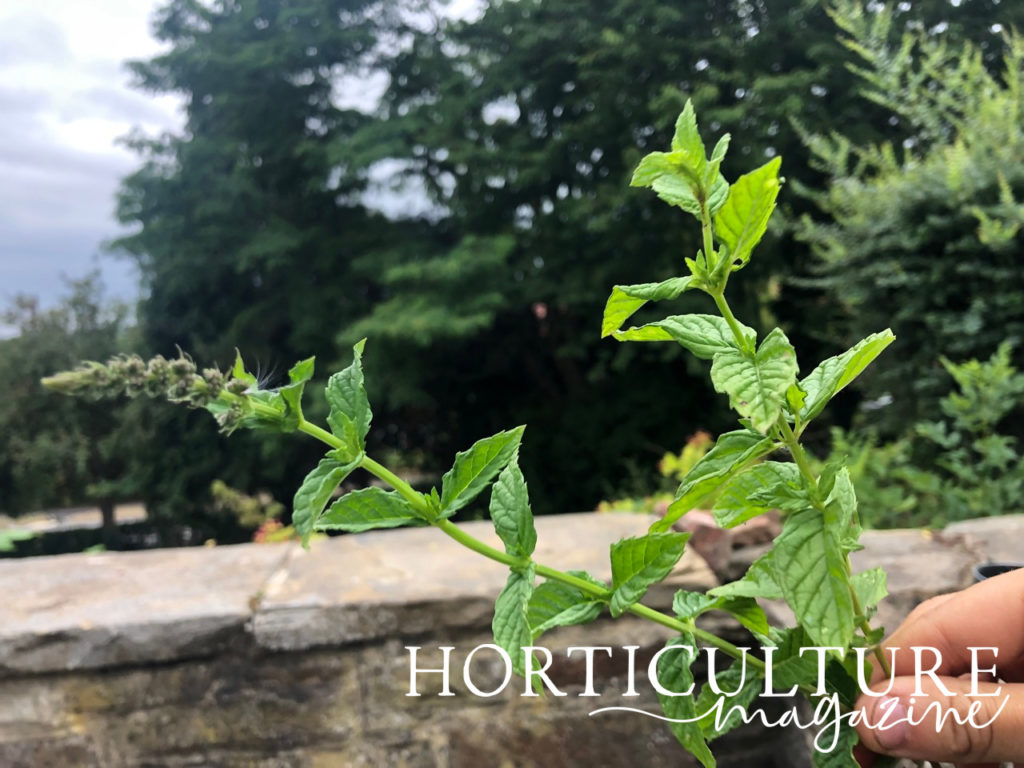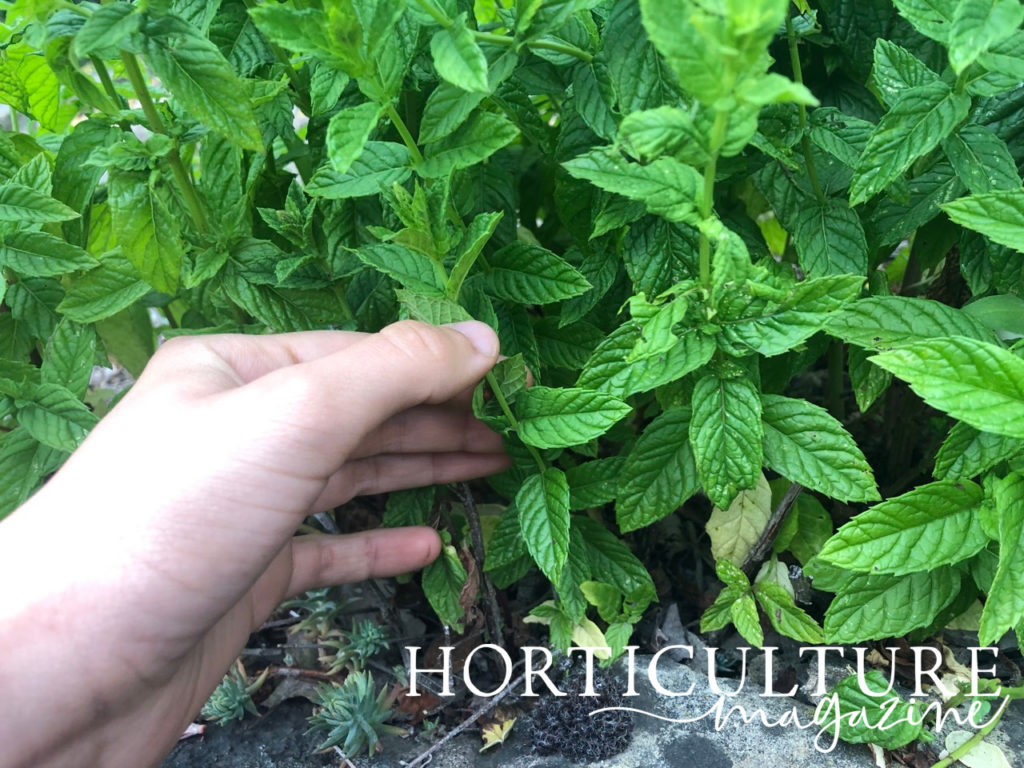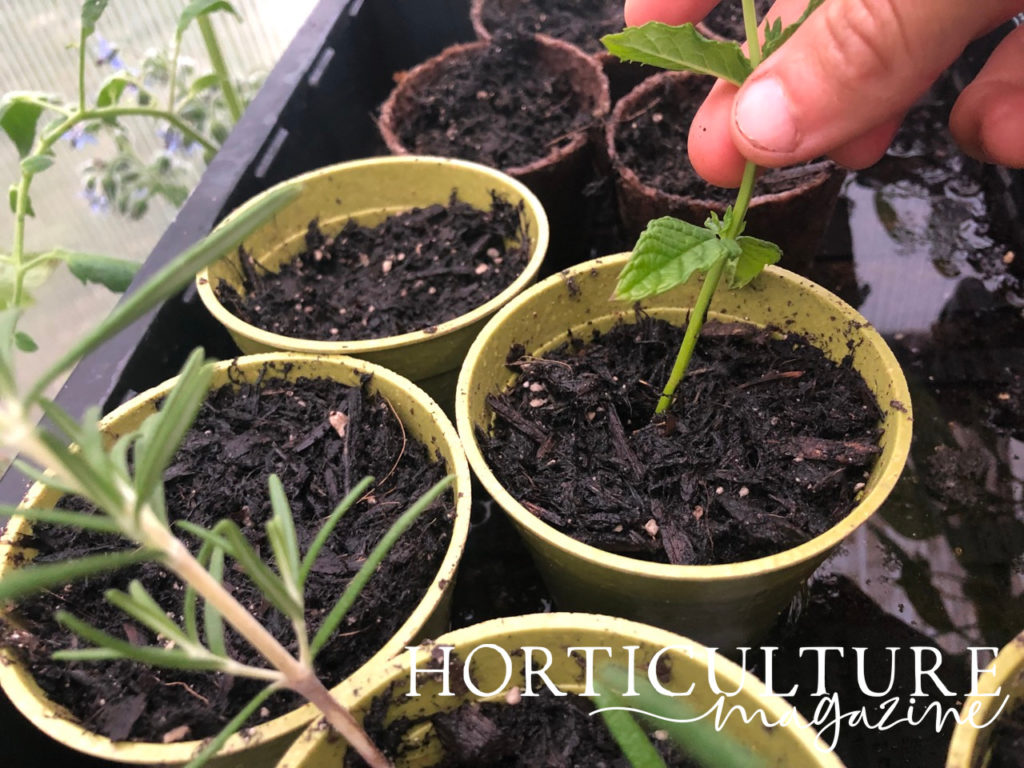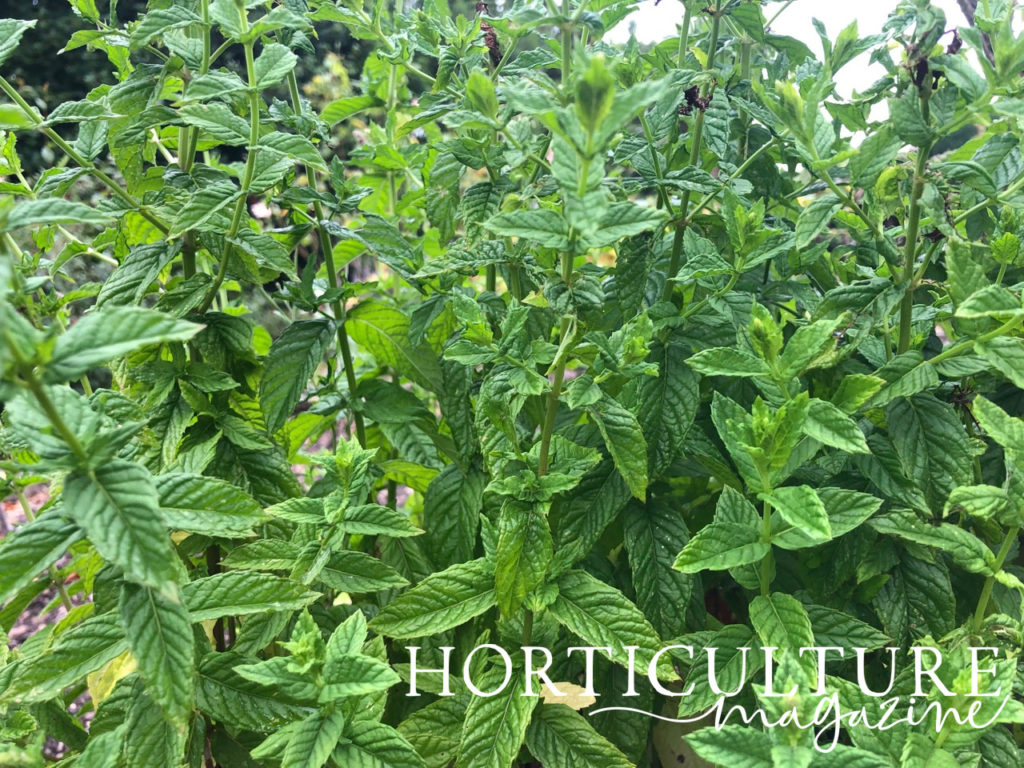Mint Cuttings Are One Of The Easiest To Take – ‘Use It As An Introduction To Propagation’


Elizabeth is a Permaculture Garden Designer, Sustainability Consultant and Professional Writer, working as an advocate for positive change. She graduated from the University of St. Andrews with an MA in English and Philosophy and obtained a Diploma in Applied Permaculture Design from the Permaculture Association.
Reviewed By COLIN SKELLY

Colin is a Horticulturist and Horticultural Consultant with experience in a range of practical and managerial roles across heritage, commercial and public horticulture. He holds the Royal Horticultural Society’s Master of Horticulture award and has a particular interest in horticultural ecology and naturalistic planting for habitat and climate resilience.
Contributions From EMILY CUPIT

Emily is a Gardening Writer, Photographer and Videographer from Derbyshire, UK. She is the Founder of Emily's Green Diary - a community of more than 75,000 people who share in her gardening journey.
IN THIS GUIDE
MINT GUIDES
Harvesting
Planting
Propagation
Mint is one of the easiest culinary herbs to cultivate in a garden, but it can even become too successful and spread too vigorously if left unchecked.
This herb comes in many varieties and makes an excellent groundcover and wildlife-friendly plant, which can help with pest control in an organic garden.
Once you have some in your garden, in the right location, in full sun or partial shade and in moist soil rich in organic matter, it should go from strength to strength.
It is also extremely easy to propagate your plants and grow new mint from cuttings. There are two types of cuttings that you can take from mint plants:
- Softwood stem cuttings
- Root cuttings
“Mint cuttings are one of the easiest to take, so I’ve used it as a great introduction to propagation for children,” says Master Horticulturist Colin Skelly.
“This is a great activity for school garden clubs, for example, where everyone gets to take one home when they’ve taken.”
Both of these are straightforward gardening jobs that make it easy for you to obtain new mint plants for your garden that are copies of the parent plant, and we explain how below:
Stem Cuttings

To grow mint from step cuttings, taken between March and May:
- Take cuttings 8-10cm in length from new shoots on an existing mint plant.
- Take off the lower leaves and cut the stem just below a leaf node where the leaves emerge from the stem.
- Place the stems into a glass of water and leave the glass in a light, airy location until you see roots begin to form (make sure to refresh the water as needed).
- Roots should emerge within a couple of weeks. Once you see some good roots, place the cuttings into a pot with good quality, peat-free multipurpose compost.
- Water well and keep the medium moist. Pots should be kept indoors for a week or so, and once well established, if healthy and happy, they can be transplanted into their final growing positions.
Root Cuttings

To grow mint from root cuttings in autumn or winter:
- Use a hand fork to excavate thick roots or stolons growing around the edges of an existing clump of mint in the garden.
- Cut off long sections of healthy-looking roots to use for cuttings.
- Cut the section of stem, using a sharp knife, into sections 2-3cm long.
- Indoors or under cover, fill a seed tray with a 50/50 mix of multi-purpose compost and horticultural grit. Lay the root cuttings flat on the surface of this tray, then cover them over with more compost and water them in well.
- Once new growth emerges, pot up individual new plants into their own pots to grow on, or plant them directly out into the garden between March and May.

Dividing Mint
If you purchase mint in a pot from a supermarket, you can also divide the plant by simply easing it from the pot, and teasing it apart with your hands to make several sections, then replanting each of these sections into its own pot.
Mature mint plants growing in the garden can also easily be divided.
Simply lift a clump or a portion of a clump from the ground, and you can divide it into sections.

The best times to do this are in spring or autumn.
You can create as many new plants as there are stems.
As long as you make sure each stem has some root attached, each one should grow into a new mint plant that you can grow elsewhere in your garden or give away to family or friends.
With these methods in mind, you will never need to purchase more than one mint plant and can obtain plenty of mint for your garden.
